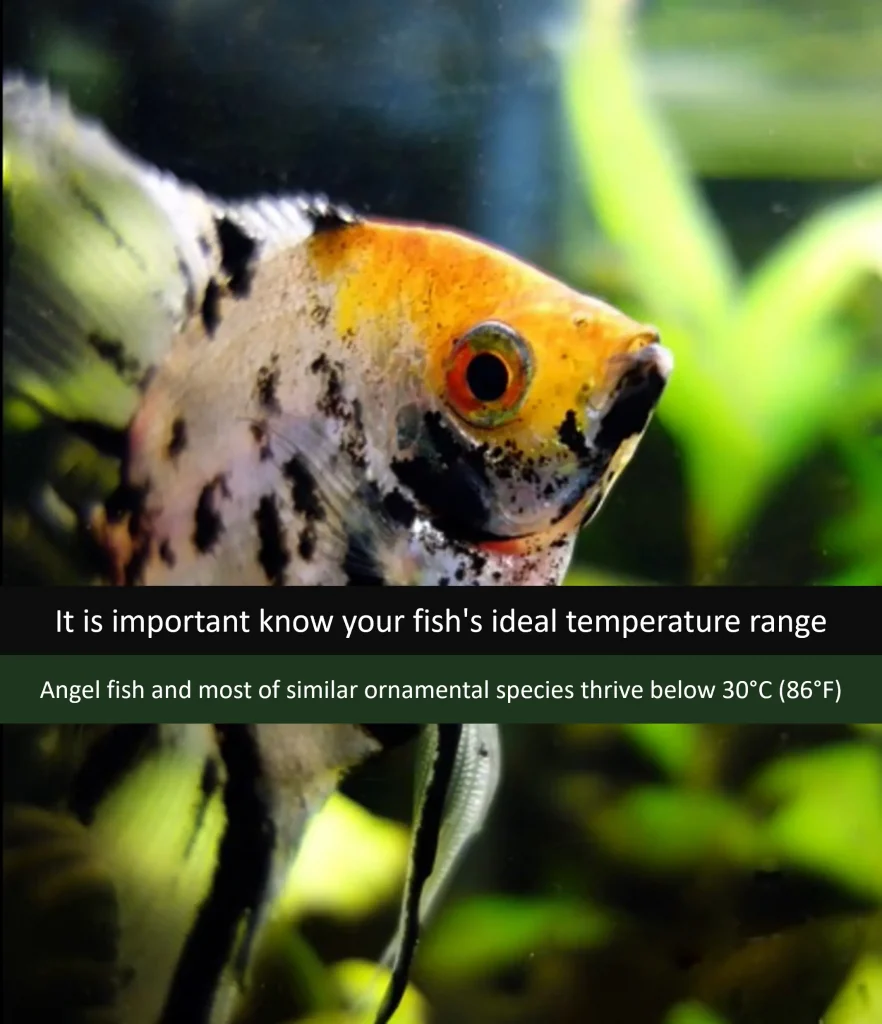Insightful Waves
Exploring the currents of everyday news and insights.
Keeping it Fresh: Secrets to a Thriving Aquarium
Discover expert tips and hidden secrets to maintain a vibrant, thriving aquarium. Unlock the magic of underwater life today!
Essential Aquarium Maintenance Tips for a Healthy Ecosystem
Maintaining a healthy aquarium ecosystem is crucial for the well-being of your fish and plants. Regular maintenance tasks should include water testing, which involves checking pH, ammonia, nitrites, and nitrates. A weekly water change of 10-15% helps remove toxins that accumulate over time, while also replenishing essential minerals. Additionally, clean the aquarium substrate and decorations every month to provide a clear environment for your aquatic life. Implementing a routine for checking and replacing filter cartridges will also promote a cleaner and safer habitat, enhancing the overall health of your aquarium.
Moreover, it's important to monitor your fish for any signs of distress or illness. A well-balanced diet tailored to the specific needs of your species can greatly influence their health and longevity. Regular feeding, paired with the removal of uneaten food, minimizes waste and prevents harmful bacterial growth. Consider using a water conditioner during changes to eliminate harmful chemicals and ensure that your aquarium maintains a stable environment. By following these essential aquarium maintenance tips, you'll cultivate a thriving and vibrant aquatic ecosystem.

Common Mistakes to Avoid for a Thriving Aquarium
Maintaining a thriving aquarium can be challenging, especially for beginners. One of the most common mistakes made is overstocking the tank with fish. It's crucial to consider the size of your aquarium and the adult sizes of the fish you plan to keep. Overcrowding can lead to increased waste, lower oxygen levels, and heightened stress among your aquatic inhabitants. To avoid this, always research the specific requirements of the fish species you wish to introduce and adhere to the recommended stocking guidelines.
Another frequent blunder is neglecting regular water testing and maintenance. It’s essential to monitor water parameters such as pH, ammonia, nitrite, and nitrate levels to ensure a healthy environment. Many aquarists overlook this aspect, thinking that simply performing water changes is sufficient. However, without proper testing, underlying issues can go unnoticed, leading to disease and fish loss. Invest in a reliable test kit and establish a routine that includes regular water changes, substrate cleaning, and equipment checks to maintain your aquarium's health.
How to Choose the Best Plants and Fish for Your Aquarium
Choosing the best plants and fish for your aquarium is crucial for creating a balanced and vibrant aquatic environment. Start by considering the size of your aquarium; larger tanks can accommodate a wider variety of species, while smaller tanks may require more careful selection. Freshwater plants like Anubias, Java Fern, and Amazon Sword are excellent choices for beginners due to their low maintenance needs. Once you've selected your plants, think about the types of fish that will thrive in the same conditions. It's important to choose species that share similar water temperature and pH requirements, ensuring a harmonious ecosystem.
Next, consider the compatibility of the fish you choose. Some species, like Neon Tetras or Guppies, are generally peaceful, making them ideal for community tanks. On the other hand, aggressive species such as Cichlids require careful planning and isolation to avoid conflict. When introducing new plants and fish, ensure that you acclimate them properly to reduce stress and promote a healthy environment. Regular maintenance, including water changes and monitoring water parameters, will also contribute to the longevity and vitality of your aquarium's inhabitants.